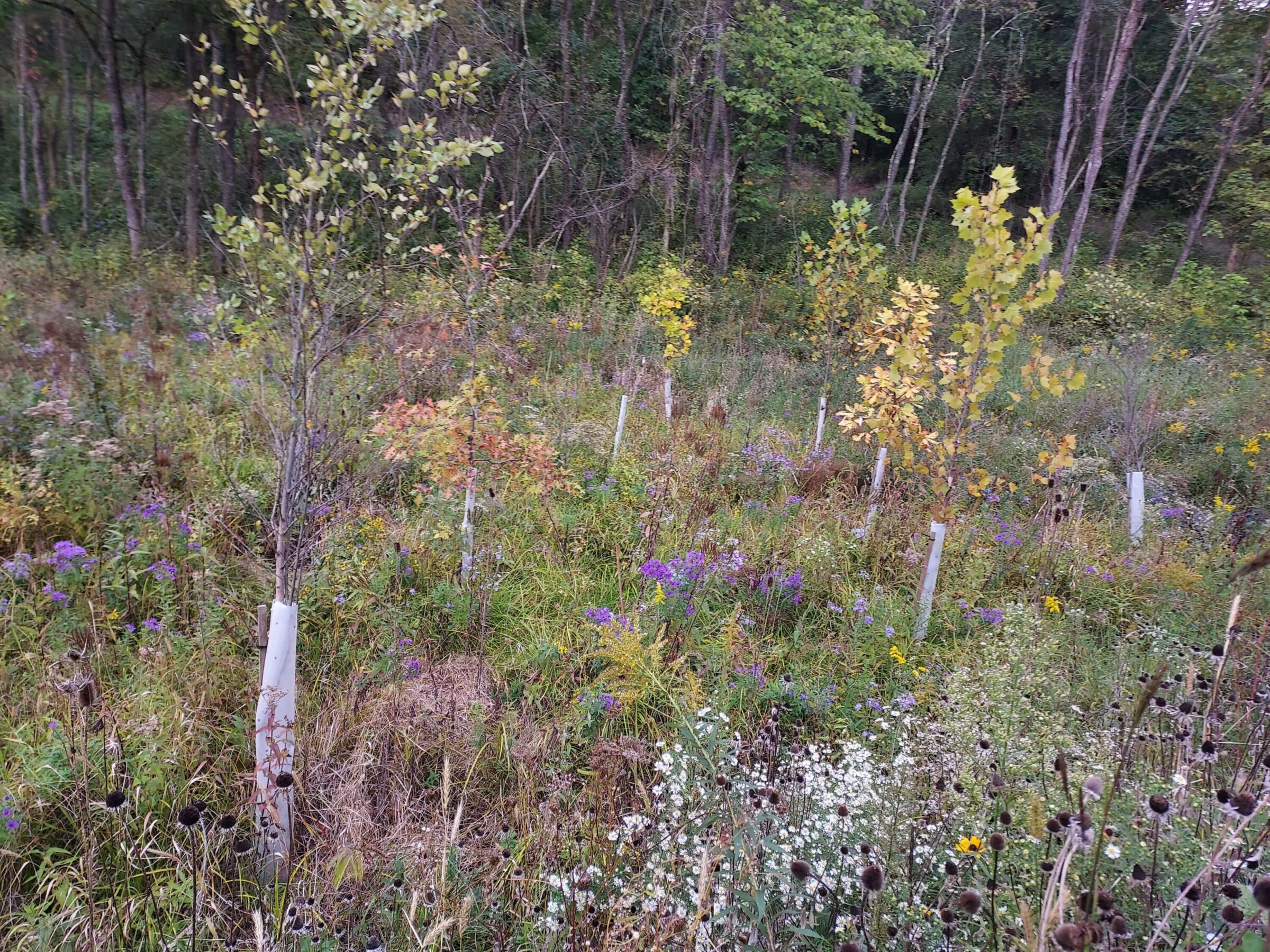Cross Creek Restoration Site
CONTACT

Jon Kasitz
Region Manager, Client Solutions, East

PROJECT SNAPSHOT
Project Type
PRMLocation
Pennsylvania | Washington CountyService Area
Upper Ohio Watershed | HUC 05030101Project Size
- Wetland: 7.68 AC
- Streams: 17,321 LF
Solution
Wetland and Stream MitigationHabitat Types
- Stream
- Wetland
The goal of this Permittee Responsible Mitigation (PRM) project was to provide off-site compensation for unavoidable project-related impacts to both streams and wetlands resulting from the construction of a proposed petrochemicals complex project (Complex Project). The Complex Project is within the Upper Ohio Watershed (HUC 05030101) and under the jurisdiction of the U.S. Army Corps of Engineers (USACE) Pittsburgh District.
The mitigation activities associated with the PRM Site were performed along three headwater tributaries of South Fork Cross Creek at RES’ Cross Creek Restoration Site. The tributaries were designated as high-quality warm water fisheries (HQ-WWF) (PADEP, 2014). Successful execution of the PRM resulted in restoring and enhancing the functions and values of the sites’ streams, wetlands, and riparian corridors.
The site’s restoration efforts utilized a combination of channel relocation, instream enhancement, floodplain restoration, and riparian corridor enhancement. Restoring the channel pattern and floodplain promotes the spread of high flow storm events to a reconnected floodplain, reducing excessive shear stress values that would otherwise frequently mobilize bed substrate and cause severe bank erosion. Subsurface log and rock structures were utilized to re-establish grade control throughout the systems and improve vertical bed stability. The installed structures promote the re-establishment of bed sediment and provide improved habitats for both fish and macroinvertebrate communities. Furthermore, structural improvements have enhanced large woody debris (LWD) and fine carbon retention, providing additional food sources and unique niches that promote the establishment of unique biotic communities. The re-establishment of stream habitat and floodplain diversity has provided new, improved habitats for amphibians and re-established historic wetland plant communities. In addition, floodplain restoration efforts have improved hydrologic connectivity, water storage capacity, restoration of the streams’ hyporheic zone, and biogeochemical cycling by re-establishing the hyporheic zone.
